Fatima Naeem
Advisor: Terri Fuglem
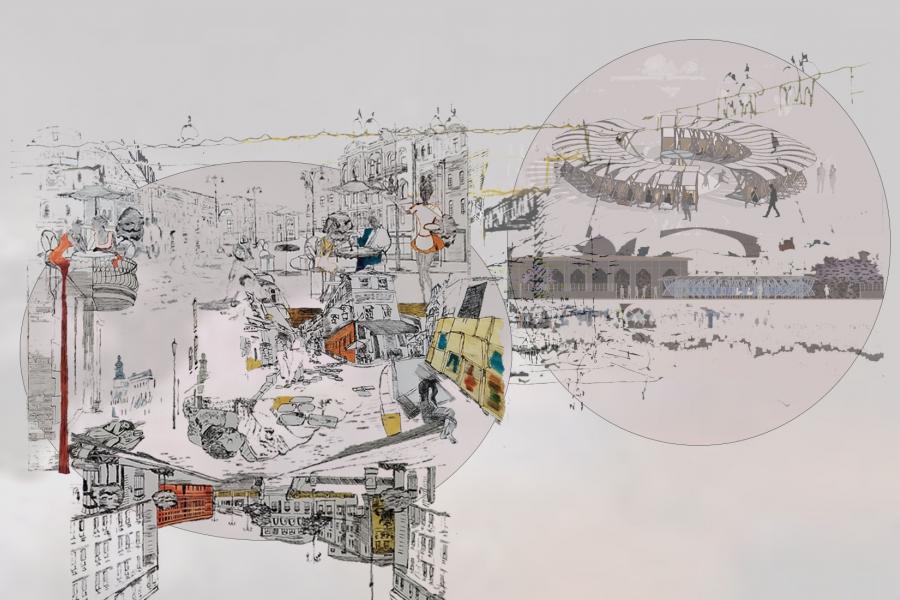
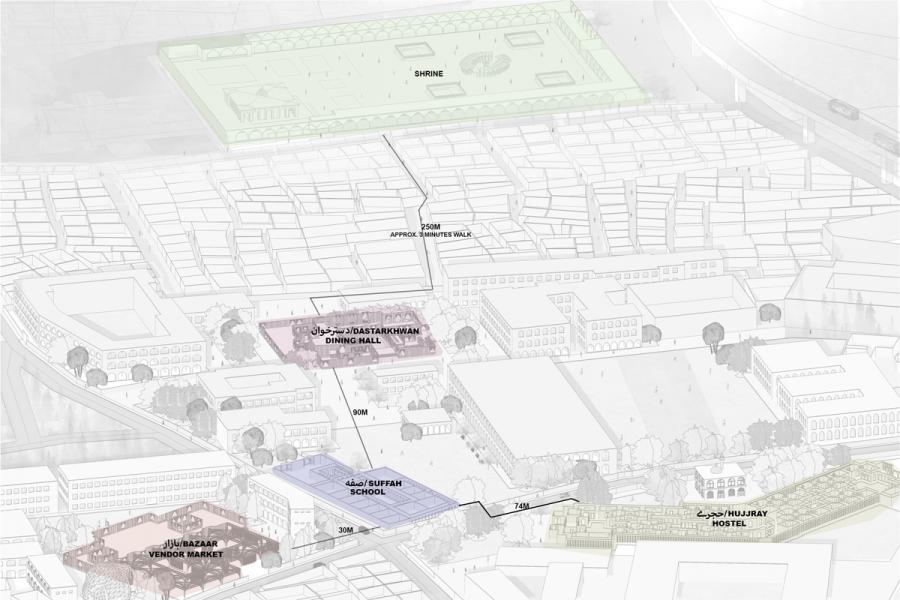
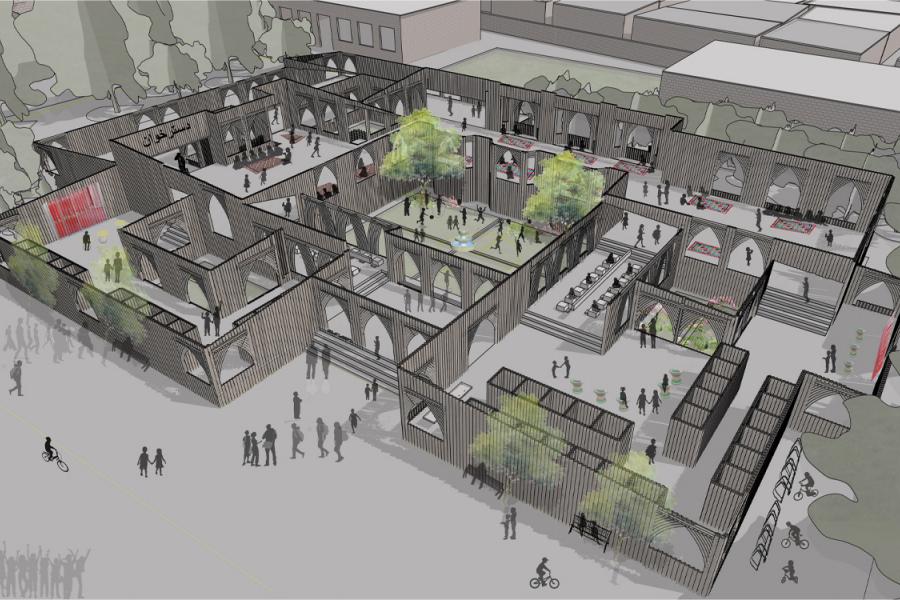
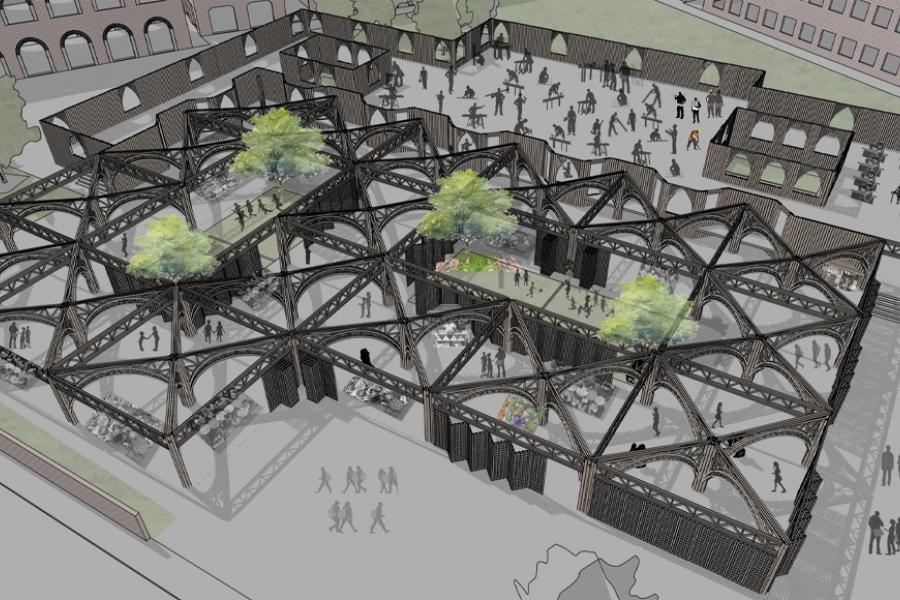
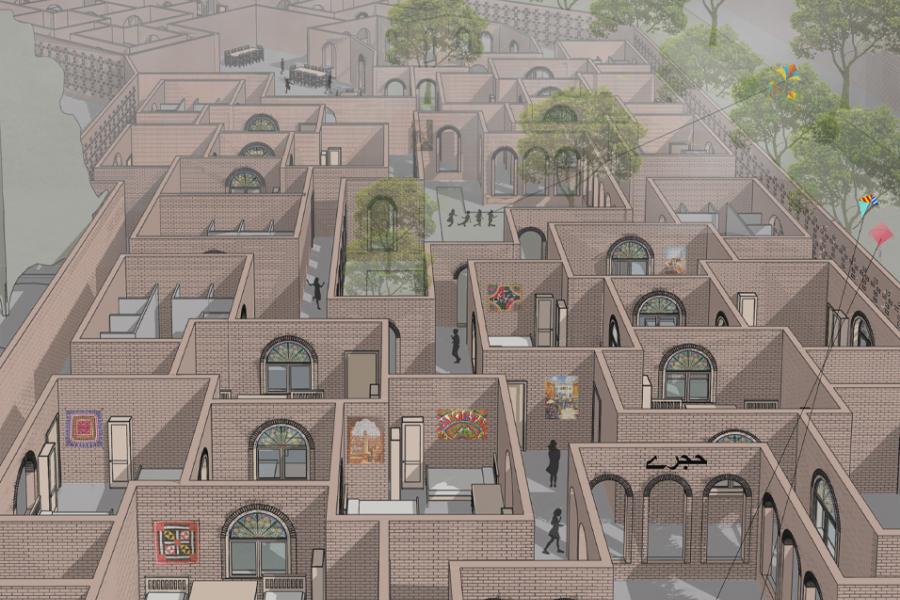
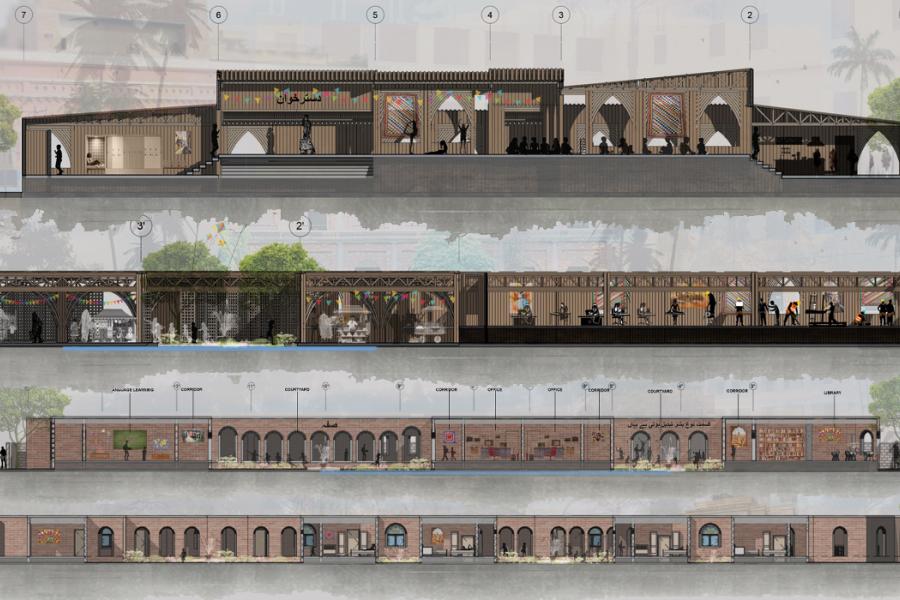
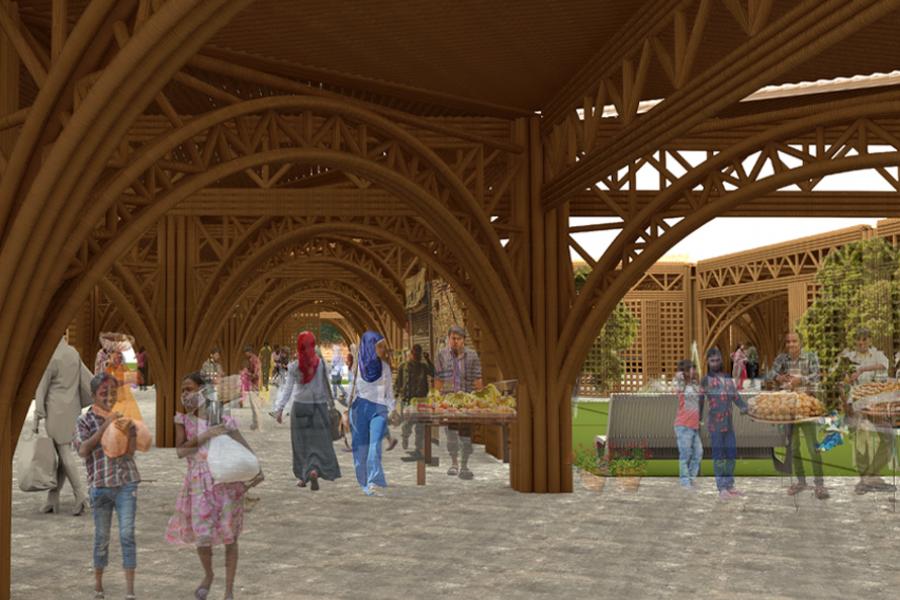

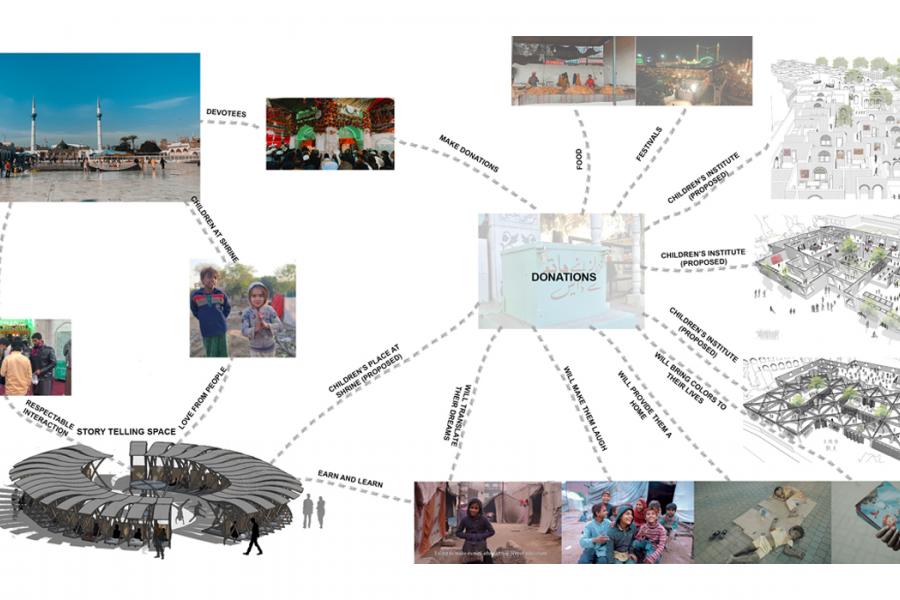
Architecture from Pains to Dreams
We frequently come across news of grief in newspapers or while scrolling down our social media. It sometimes seems that every other person is suffering from wounds of class struggle, injuries of war, or torture for the sake of religion and unresolved historical disputes. Sometimes the words chosen to describe this daily onslaught of grief are so powerful that we stop for a second and think about it, and yet other times, it is written in terms that do not have a very significant impact on us, so we move on. Either words are powerful to force us to think, or not strong enough to give us pause. The fact is pain is often impossible to understand through words might stem from the fact that pain has no specific language. Often the language of pain is brought into being by those who are not in pain themselves but who speak on behalf of others. Also, language itself is limited in its capacity to express. Words lack the main content of the pain, the actual "feelings of pain." Since to have pain to have certainty, to hear about pain is to have doubt. For as long as I have lived in Pakistan, I have encountered news of street children's pain on a daily basis. While walking down the streets of Lahore, I have seen many small children who are the victims of social discrimination and class segregation. Here, children sleep in the streets and on the pavement, begging for a one-time meal or doing small tasks to fulfil their family needs. Some children are the only earners in their families, while some are without families entirely.
My Design Thesis, therefore, is intended to explore the opportunity to convert the street children's plight into an educational opportunity, both for the children themselves, and also for the more fortunate citizens of the city. For this Thesis, I envision an institution that will feel their pain and, in return, offer love and empathy to them. This exploration began by listening to the dreams of the street children themselves, and converting these dreams into a future institution that will aid these children. Thesis research started with the deep-seated relationship between the religious shrines dedicated to "saints" and the street children. These shrines are dispersed in cities around Pakistan. My Thesis aims to explore the opportunities that might be created for street children at Data Darbar as a potential model for all the Darbars (or "Shrines") in Pakistan. I intend to revisit the original act that of faith that the saints enacted during their lives and bring their intentions to bear on a vision for a newly invigorated institution, one that restores the generosity and educational practices of the saints. Given that thousands of people visit Shrines, it is believable that, in aggregate, the multitude of small offerings at shrines could accumulate into a potential resource that can be better channelized to bring about optimal results for street children.
